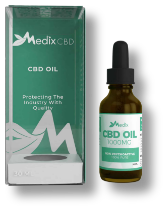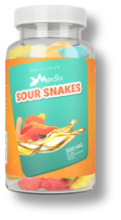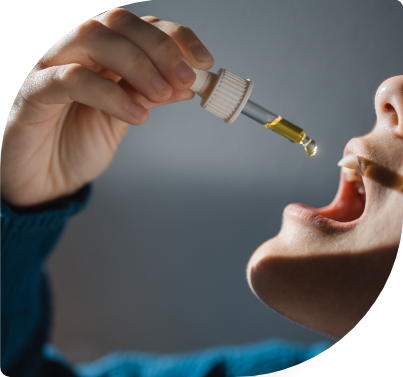
What is CBD? Short for Cannabidiol, CBD is one of the hundreds of compounds called cannabinoids that are found in cannabis plants. You might be thinking, “Isn’t that where marijuana comes from?” Yes, but unlike the mind-altering compound tetrahydrocannabinol (THC), Cannabidiol is non-psychoactive, meaning it will not get you high. Since Cannabidiol does not cause psychoactive effects, it is an excellent option for people seeking the benefits of cannabis products without the high or breaking federal law..
Industrial Hemp & CBD
CBD products containing less than 0.3% THC are derived from industrial hemp plants, which became federally legal for cultivation by state authorized institutions after the 2014 Farm Bill was signed. The updated 2018 Farm Bill will remove hemp from the DEA’s list of controlled substances which will also increase the exposure of potential medical CBD benefits.
Industrial hemp is a derivative of the cannabis plant that contains large amounts of Cannabidiol and low amounts of THC. Cannabidiol can be extracted from industrial hemp to make legal hemp oil, which has been the center of many recent research studies for its promising hemp CBD benefits.
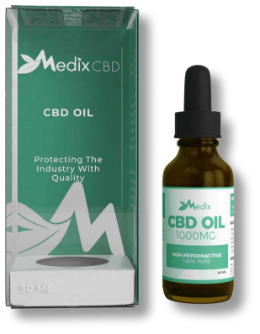

Early Beginnings
Although Cannabidiol was discovered in the 1940s, research has been slow due to the legal status of cannabis over the last century. This past decade however, CBD has eliminated its negative stigma of being associated with marijuana, and many medical professionals have recommended it to help cope with various health conditions.
CBD first received national recognition in 2013, when CNN featured a documentary about Charlotte Figi, a little girl with a severe case of Dravet syndrome. When Charlotte was five years old, she was experiencing nearly 300 seizures a week and no treatments seemed to help control her seizures. Absolutely devastated, her family desperately searched for an alternative to conventional treatments. The entire world took notice of this incident, and research began for the potential medical CBD benefits. Many studies have generated positive results, which has made the demand for the supplement skyrocket.
Medical studies have suggested that CBD has a multitude of benefits for various health conditions. Cannabidiol has also become vastly popular among medical marijuana patients that are bothered by the psychoactive effects of marijuana or do not wish to inhale smoke.
The Endocannabinoid System
CBD works by interacting with the body’s endocannabinoid system (ECS), which was discovered by Raphael Mechoulam about thirty years ago. When Dr. David Allen, a retired cardiac surgeon and cannabinoid research scientist, commented on his thoughts about the discovery of the ECS, he said, “The discovery of the endocannabinoid system is the single most important medical, scientific discovery ever. More people will be saved by manipulation of the endocannabinoid system than are currently saved by surgery.”
There is no denying that the ECS has been a remarkable discovery for humanity as it is the largest neurotransmitter system in the human body. The ECS contains receptors that regulate bodily functions such as mood, pain, memory, appetite, metabolism, bone development, sleep, and immune function. The receptors, which are categorized as CB1 and CB2, are activated by natural endocannabinoids produced by the human body as well as by plant cannabinoids.

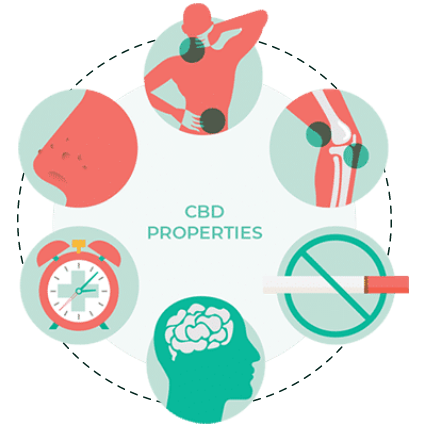
How CBD Works
Cannabidiol does minimal binding with the CB1 and CB2 receptors, however, it regulates several non-cannabinoid receptors and ion channels located in the ECS to evoke potential CBD benefits. CBD also acts through several receptor-independent pathways—for instance, by prolonging the reuptake of endogenous neurotransmitters and by either boosting or reducing the binding of some G-protein coupled receptors.
Research suggests that CBD can directly activate the G-protein coupled, 5-HT1A serotonin receptor. This receptor is associated in a range of biological and neurological processes. Cannabidiol also directly binds with ion channels such as TRPV1, a vanilloid receptor.
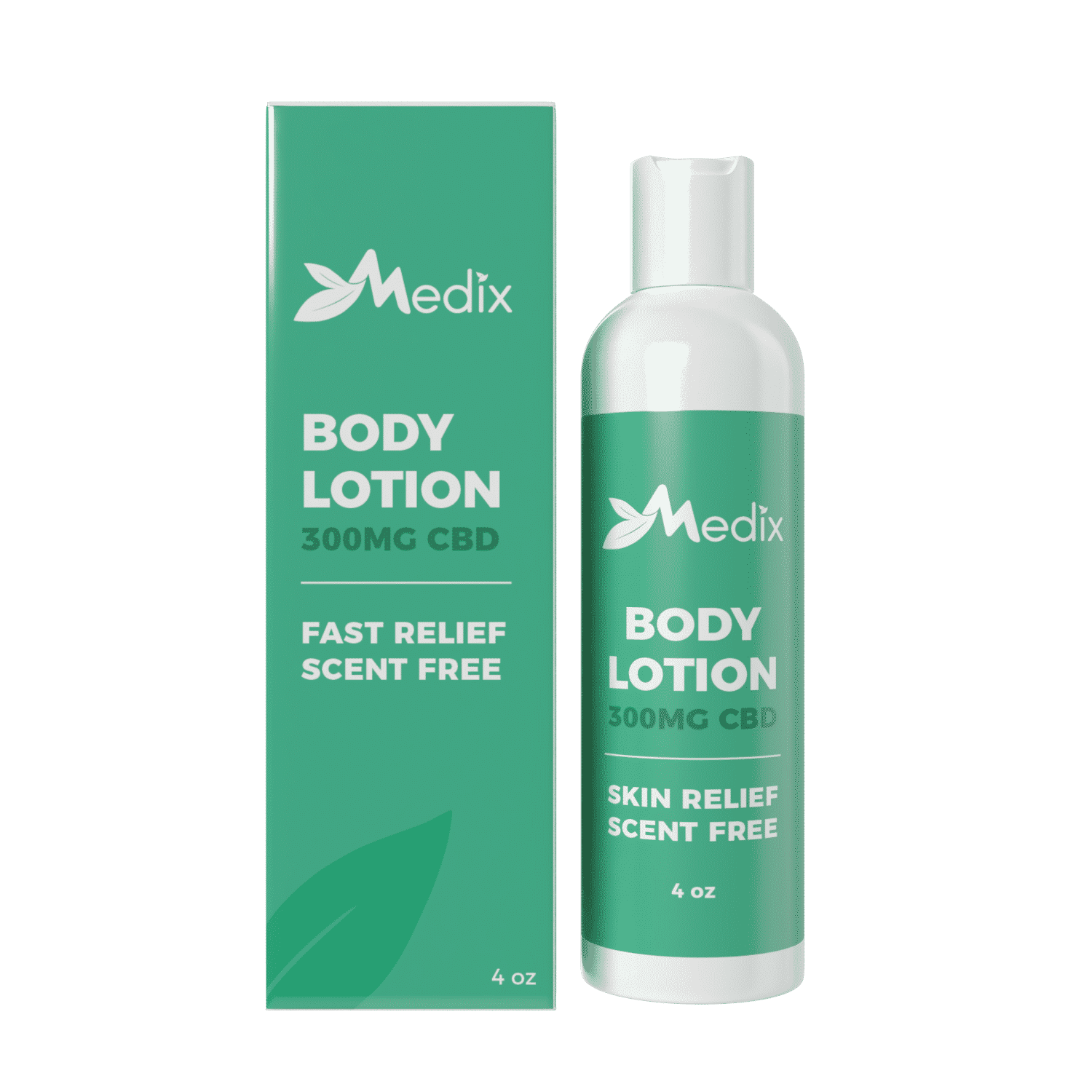
Other studies also indicate that CBD blocks another G-protein coupled receptor, GPR55. This receptor is also known as an “orphan receptor” because it is still unknown if it belongs to a larger family of receptors. GPR55 is present in the brain, and especially in the cerebellum. It is responsible for modulating physiological processes such as bone density and blood pressure. Osteoporosis, a bone disease that results in the body losing too much bone or producing too little bone, can be a direct effect of overactive GPR55 signaling. According to the study, GPR55 has also been seen in various malignant diseases. Because CBD acts as an antagonist for this receptor, it may act to decrease bone decay and malignant cell proliferation.
Research conducted exploring what is CBD and CBD benefits also conclude that cannabidiol produces an therapeutic effects by activating PPARs, or peroxisome proliferator-activated receptors. These receptors are located on the nucleus of cells. Activation of the PPAR-gamma receptor produces anti-proliferative effects and provokes tumor regression in human lung cell lines. PPAR-gamma activation also degrades amyloid-beta plaque, which plays a crucial role in the development of Alzheimer’s disease. PPAR receptors are also known to regulate genes partaking in energy homeostasis, lipid uptake, insulin sensitivity, as well as other metabolic functions.
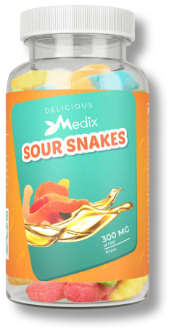
Different Ways To Use CBD
Cannabidiol can be taken in different forms to suit the preference and needs of its users. People seeking CBD oil benefits have a wide selection of options to choose from our premium quality product line.
Tinctures
Tinctures are the original way to consume CBD Oil. They are made by combining Cannabidiol with natural hemp oil. The healthy fats found in these mixes allow the body to better process the cannabidiol, optimizing CBD benefits. Tinctures are an easy way to consume Cannabidiol as the oil is placed underneath the tongue using a dropper. It is then held there for at least 10 seconds before ingesting. Using the dropper, you can take the pure CBD or can mix it with your favorite food or beverage.
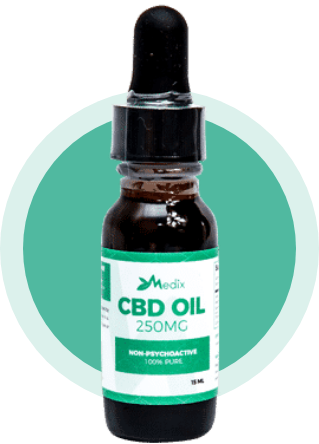
Edibles
Not everybody that consumes or uses cannabidiol has a health condition. Edibles such as CBD gummies are popular with people in their twenties and thirties that take them for preventative care. They are definitely the most delicious way to consume CBD, and probably the easiest as well. Consumers love that they can get all hemp CBD benefits in the tastiest way possible.
Topical Creams
Cannabidiol does not necessarily have to be consumed orally. Due to technological advancements and further research done on hemp CBD benefits, products are now available that are made specifically for external use. CBD topical creams are specially formulated for specific areas of the body. Feel an instant cooling sensation with our CBD topicals. Simply apply a generous amount of Cannabidiol cream on the affected area and you are good to go.
Vaporizing
Not everybody that consumes or uses cannabidiol has a health condition. Vaping products are popular among millennials. They are definitely the most effective way to consume CBD, and probably the easiest as well. Consumers love that vaping CBD has the fastest absorption rate. Therefore, if you’re looking to maximize your CBD consumption, vaping your product will allow a higher percentage to reach the bloodstream.

